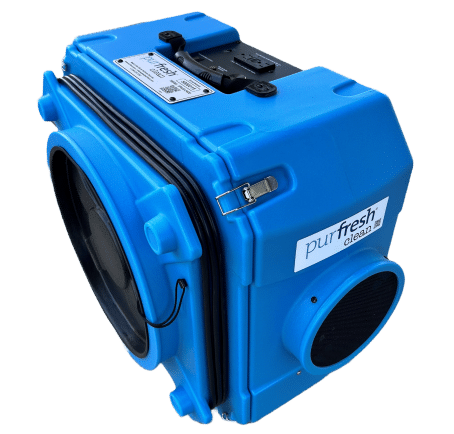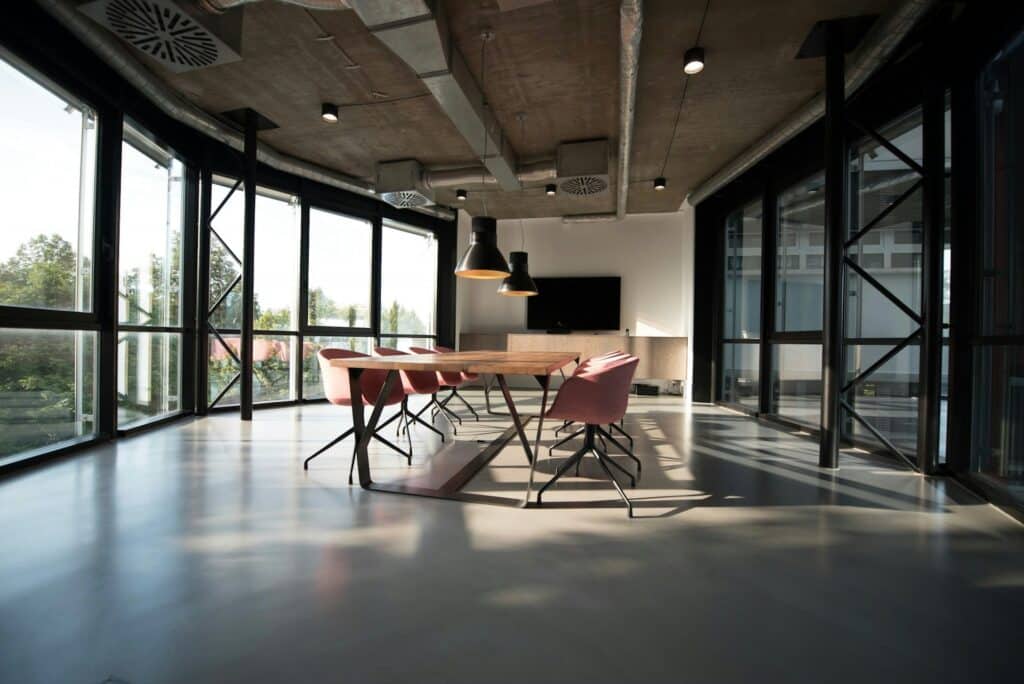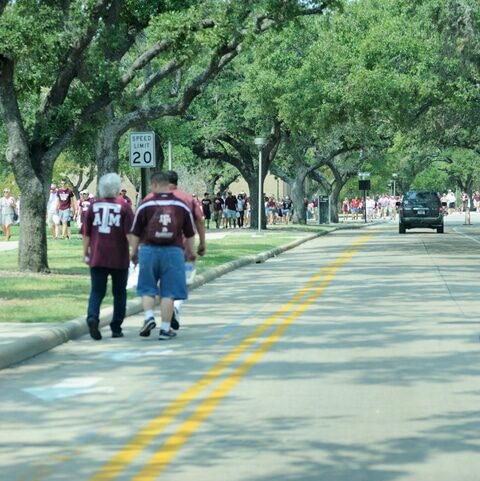Purfresh Clean launches its new “SPACE” product – An innovative technology restaurants are using to get rid of their rat and mice problems

HAYWARD, Calif. – Dec. 10, 2024 – PRLog — Startup company, Purfresh Clean Inc., launches new, cutting-edge equipment technology for restaurants who want to ensure their environments are free from rodents, odors, and bacteria. The “SPACE” system by Purfresh Clean, is new O3-AI technology that offers an easy way for restaurants, bars, and breweries to ensure clean, odorless, and […]
OZONE Effective & Safe When Rules Followed

Background: Ozone is an extremely effective oxidative disinfectant and has been used in the medical, pharmaceutical, food processing, and water treatment industries for decades. The reason ozone is used is simple. It can be cheaply and efficiently created on-site, and the disarming effect of ozone on microorganisms is well understood and has been proven […]
Purfresh Clean ozone sanitizing technology now in use at Texas A&M at Galveston

Purfresh Clean CEO Christian DeBlasio has donated $75,000 of air treatment units and services to his alma mater, Texas A&M University at Galveston in Galveston, Texas, to prevent the spread of SARS-CoV-2 and COVID-19. His concern for the welfare of the students and faculty inspired him to make the donation and do everything possible to […]
Purfresh Clean equipment deployed for virus spread risk mitigation at U.S. Army National Guard training exercises

PRLog — In response to the COVID-19 pandemic, Ravenswood Solutions recently deployed Purfresh CLEAN systems and equipment for virus spread risk mitigation at the U.S. Army National Guard’s (ARNG) eXportable Combat Training Capability (XCTC) training exercises. Ravenswood has supported XCTC exercises for 14 years but faced a unique challenge in 2020 as the pandemic surged. “Purfresh […]